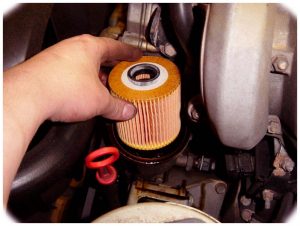Changing your car’s oil is necessary for routine vehicle maintenance, but it may lead to the check engine light coming on afterward. If the check oil light comes on shortly after an oil change, there are a few things you can do to troubleshoot and resolve the issue. This article will provide steps for diagnosing and resolving check engine lights after an oil change.
Diagnosing the Issue
The first step in troubleshooting any issue with your car is to diagnose what might be causing the problem. There are several potential causes for a check engine light coming on after an oil change, so it’s important to diagnose and address all potential contributors properly.
-
Review Engine Light Codes or Diagnostic Report: Checking the codes associated with your check engine light can help you better understand what might be causing it. If you’ve recently had a diagnostic test done before or during your oil change, reviewing that report can also help diagnose any underlying issues that may have caused the check engine light to come on.
-
Check for Loose or Missing Parts: The mechanic who performed your last oil change should have checked all parts related to changing motor oil (e.g., filter, oil cap, oil drain plug). If any of these parts are loose or missing, it can cause your check engine light to come on. It’s important to ensure that all such parts are properly in place and secure before further troubleshooting.
Resolving the Problem

-
Add More Motor Oil: If motor oil levels were low during or after your oil change service, adding more oil should help resolve the issue. Ensure you use the correct type and amount of motor oil for your vehicle type and model as specified in its owner’s manual.
-
Replace Motor Oil Filter: If motor oil levels were not low, but the filter was clogged or malfunctioning during or after service, then replacing it should help resolve the issue. Again, make sure you use a filter compatible with your vehicle type and model as specified in its owner’s manual before proceeding with the replacement.
-
Have a Mechanic Inspect Your Car and Fix Any Issues: If neither of these steps resolves the issue, it’s important to have a mechanic inspect your car and diagnose any other potential causes of the check engine light coming on. Depending on the inspection results, they may need to make additional repairs or adjustments to resolve the issue and turn off the check engine light.
Conclusion
If your check oil light comes on shortly after an oil change, don’t panic—there are several steps you can take to troubleshoot and resolve the problem. Start by checking for loose or missing parts associated with motor oil changes, and if necessary, add more motor oil or replace your filter. If these measures don’t work, it’s best to have a mechanic inspect your car and make any necessary adjustments or repairs.


Add Comment